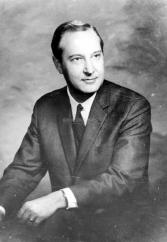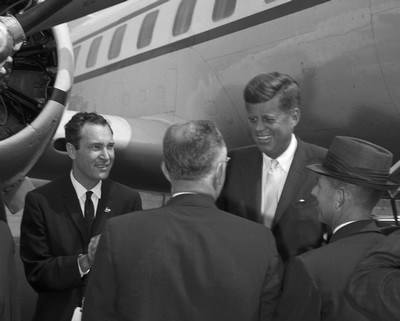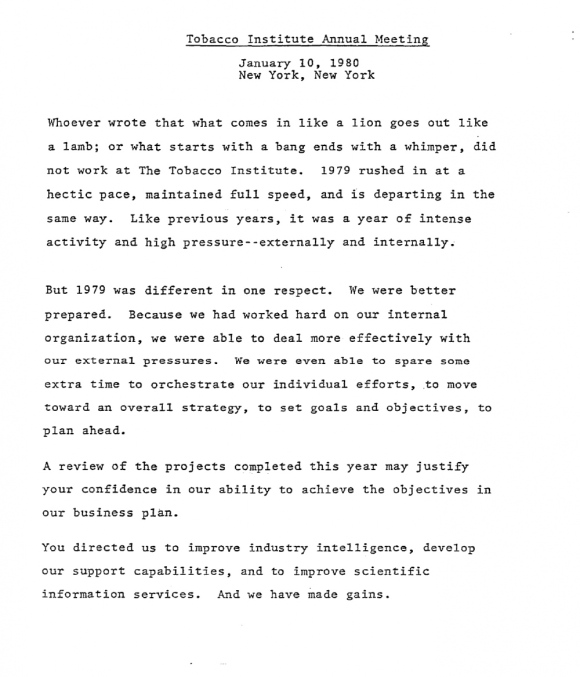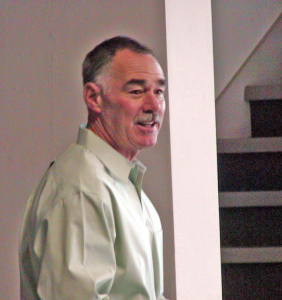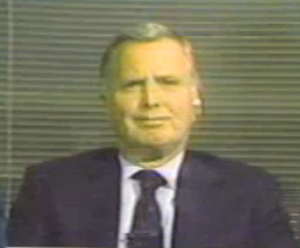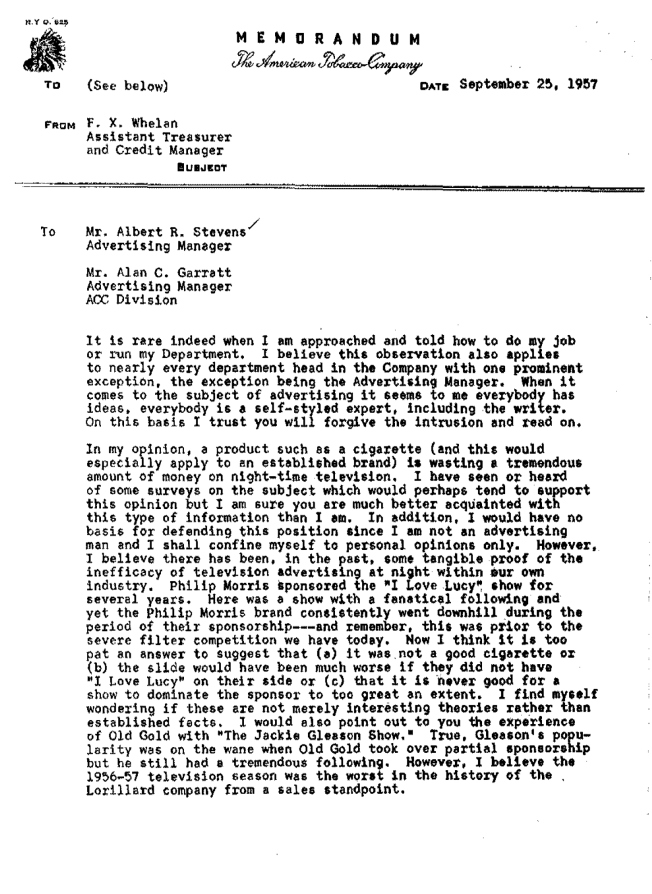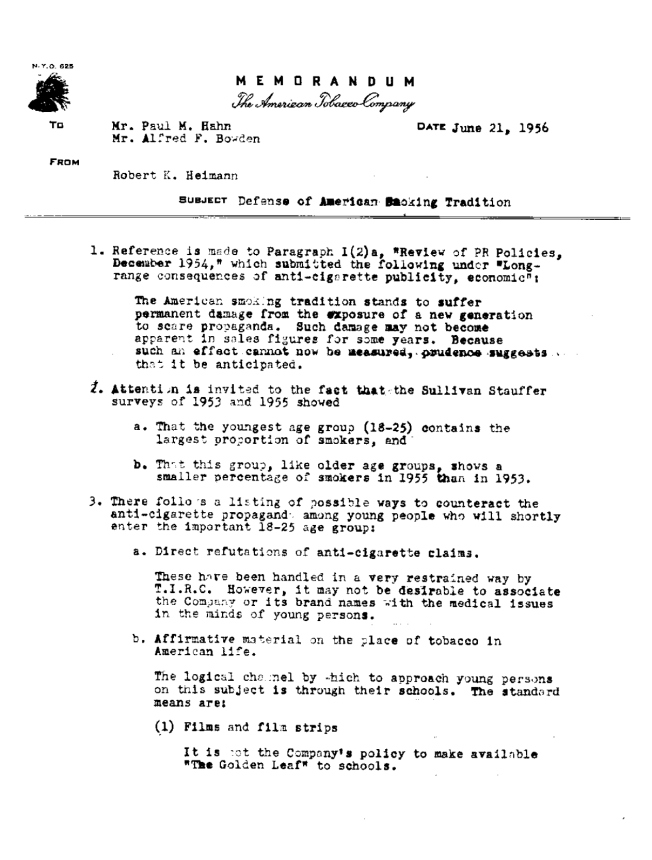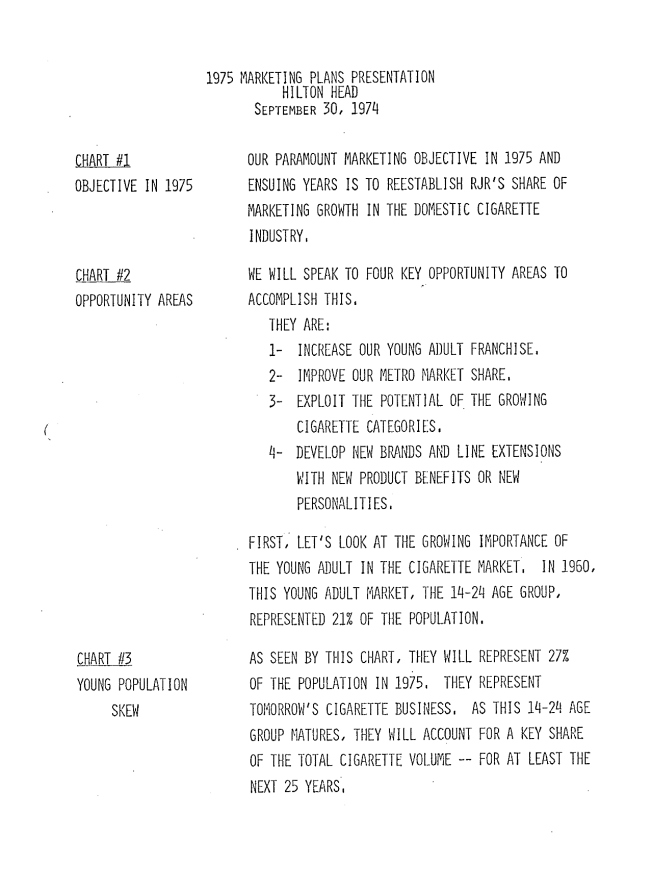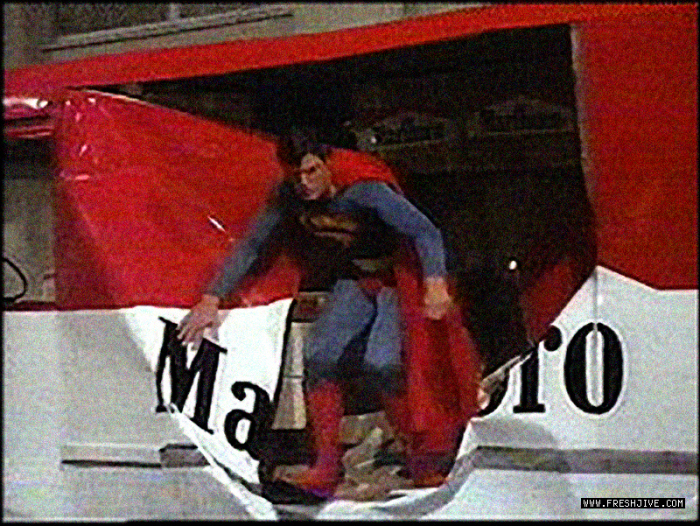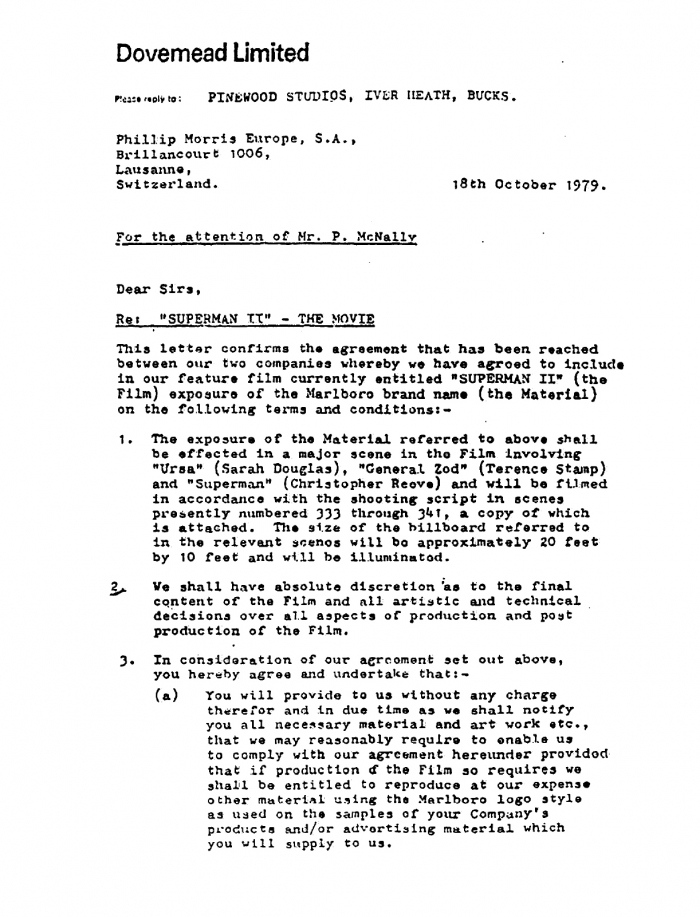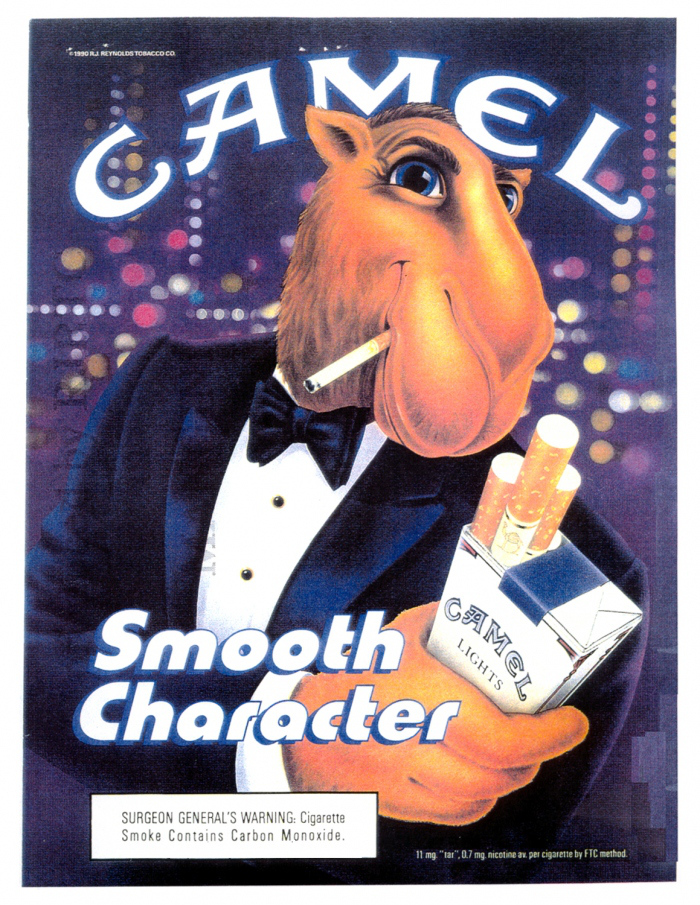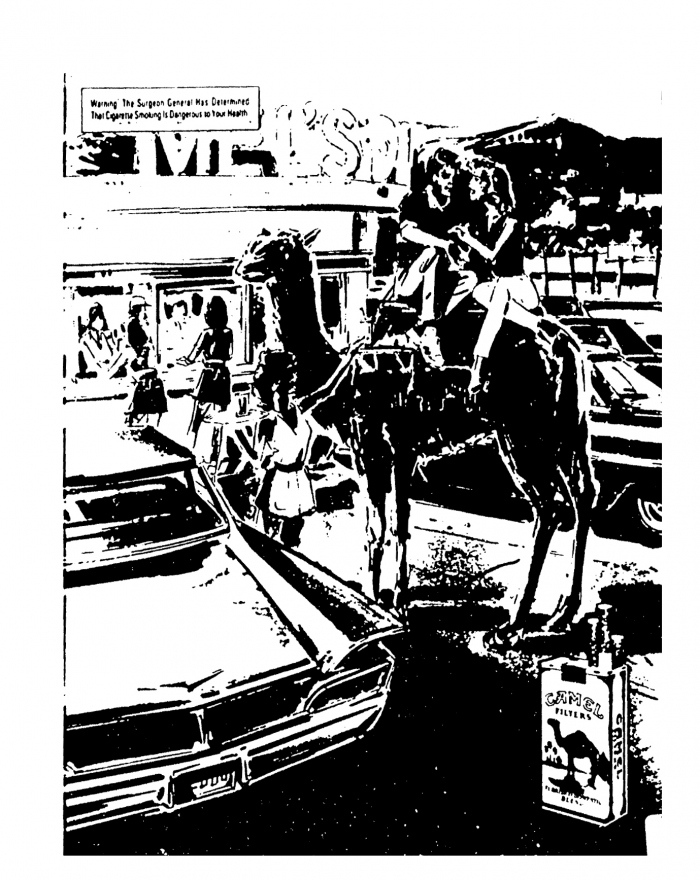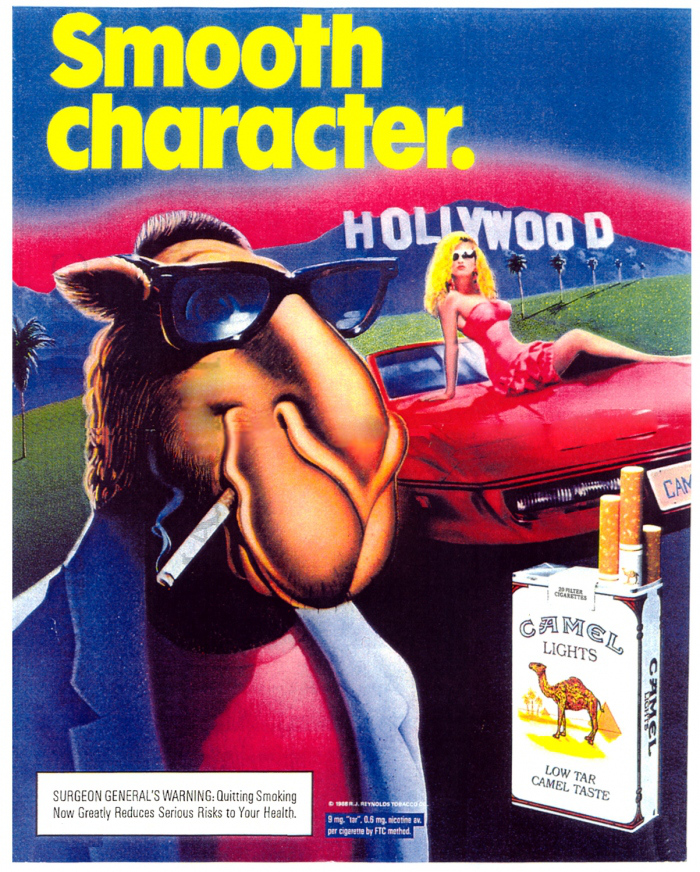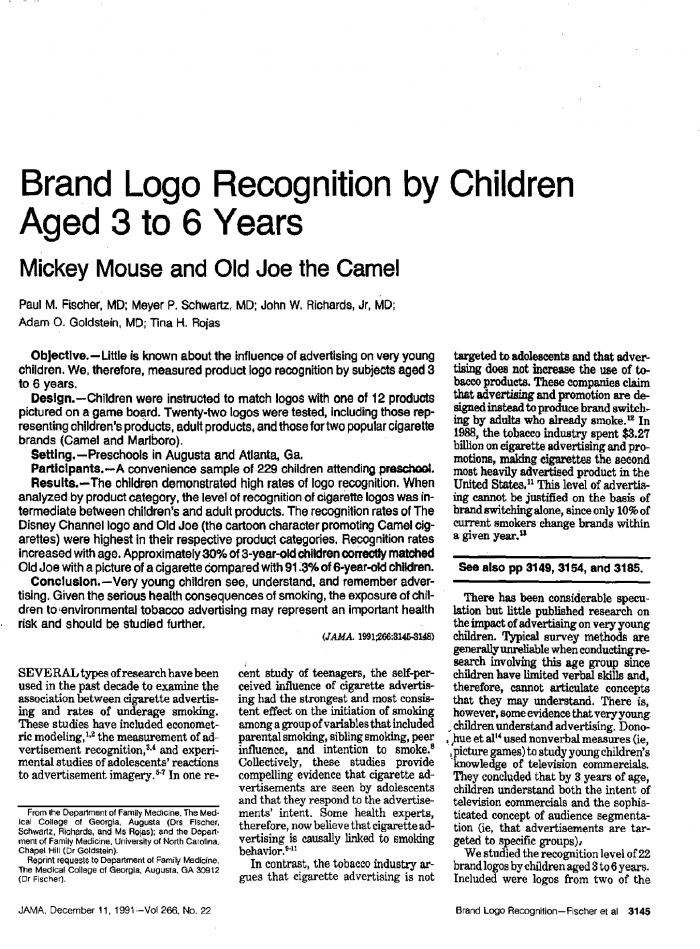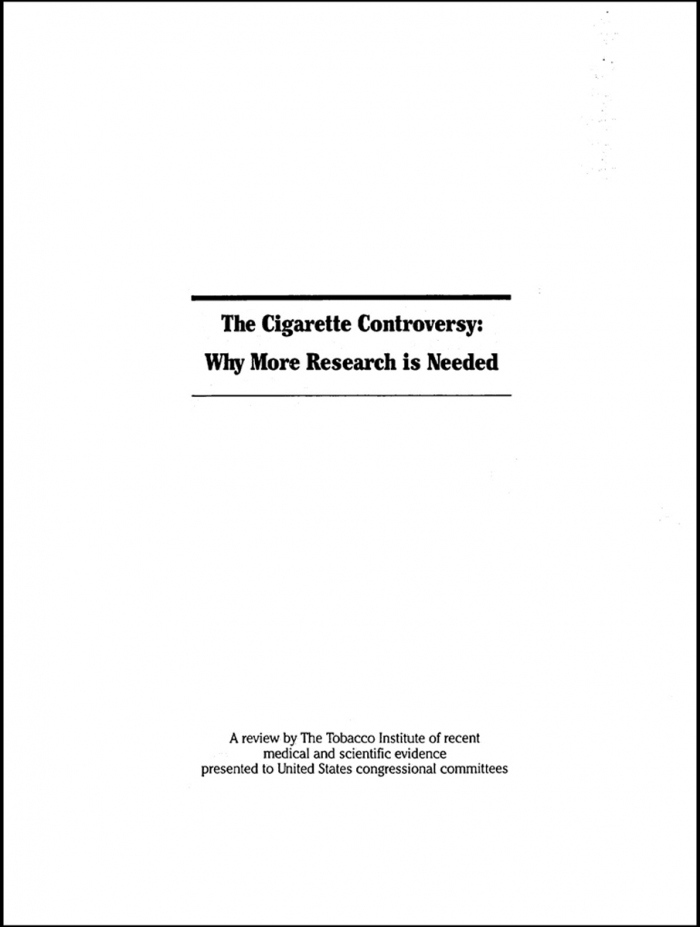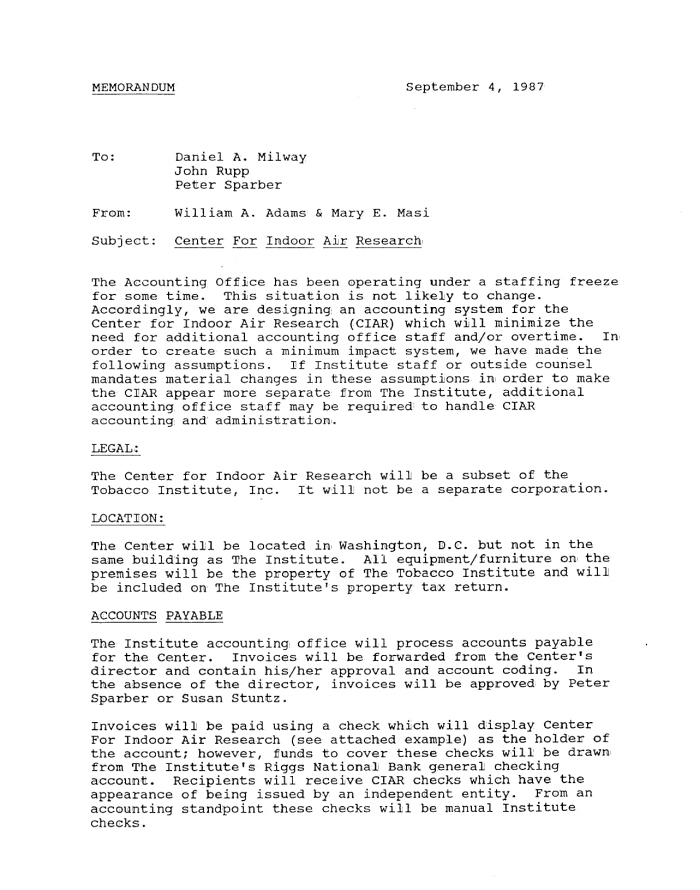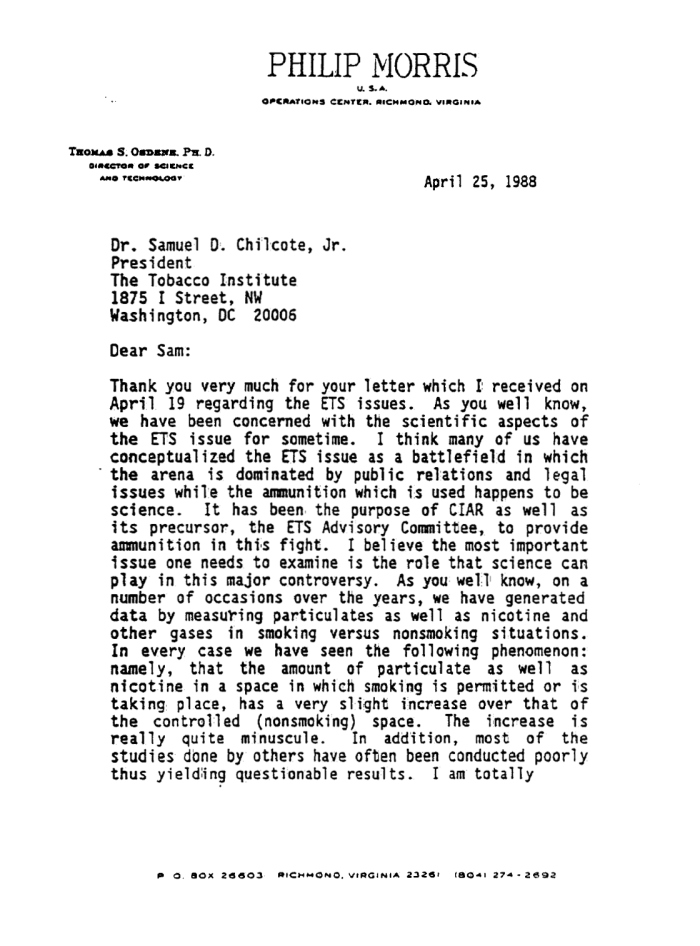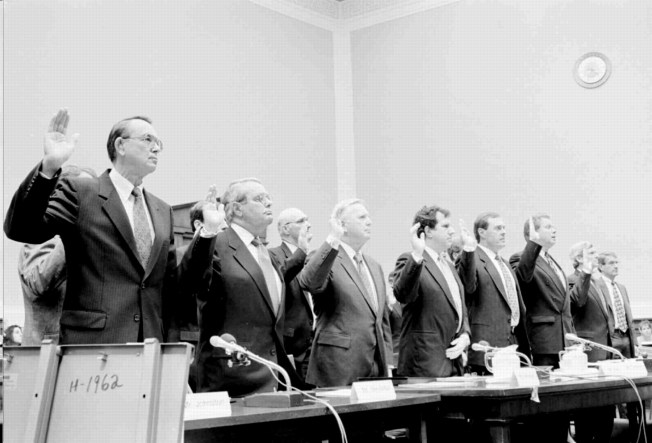1980: Horace Kornegay
Horace Kornegay, President of the TI boasted that: “The Surgeon General’s media event was preempted by an Institute first-strike news conference. For the first time in the history of the cigarette controversy, a Secretary of HEW had to share the spotlight. In fact, we won top billing that night on all networks.”
Horace Kornegay 1980 Annual Meeting Speech
1980-1983: Nicotine Mastery and Addiction Denial
1984: R.J. Reynolds Public Issues Campaign
The TI Cigarette Controversy White Papers end in 1984, so R.J. Reynolds launches its own campaign, called the “Open Debate” that questions the link between smoking and disease. |
Replacement Smokers
Once the number one brand nationwide, R.J. Reynolds’ Winston was surpassed by Marlboro in 1975. By 1985, Philip Morris was selling well over twice as many Marlboros as Reynolds was selling Winston.
It occurred to Reynolds management that it would be a good move to reposition Camel against Marlboro and abandon Winston, and it did. February 1, 1985 the R.J.R. marketing department wrote:
“These ads were well received due to the fun/humor aspects of the cartoons. More than any other theme, the “French Camels” appeared to attract the respondents’ attention. The main drawbacks of these executions were that . . . they may be more appealing to an even younger age group . . .”
Youth Marketing
1981: Superman 2 – Marlboro Product Placement
Philip Morris paid the producers of Superman 2 43,000 dollars to use the Marlboro logo on billboards and delivery trucks in the movie.
Joe Camel
1987: Tobacco Institute Focuses on Secondhand Smoke
In response to the landslide of public sentiment against social acceptability of smoking the industry turned its attention away from the primary issue, disease among smokers, to the second issue, Environmental Tobacco Smoke, also known as Second Hand Smoke.
This memo makes it clear the cigarette companies did not want the general public to know they were sponsoring another doubt machine, this one on the topic of public smoking. September 4, 1987 Center for Indoor Air Research memo on accounting procedure. ”If Institute [Tobacco Institute] staff or outside counsel mandates material changes in these assumptions in order to make the C.I.A.R. appear more separate from The Institute, additional accounting office staff may be required to handle C.I.A.R. accounting and administration.”
“The Center will be located in Washington, D.C. but not in the same building as The Institute. All equipment/ furniture on the premises will be the property of the Tobacco Institute and will be included on The Institute’s property tax return.”
On April 25, 1988, top Philip Morris scientist Tom Osdene writes the Tobacco Institute President Chilcote, “I think many of us have conceptualized the E.T.S. issue as a battlefield in which the arena is dominated by public relations and legal issues while the ammunition which is used happens to be science. It has been the purpose of C.I.A.R. as well as its precursor, the E.T.S. Advisory Committee, to provide ammunition in this fight. I believe the most important issue one needs to examine is the role that science can play in this major controversy.”
1994: Congressional Hearings
Phillip Morris Admits
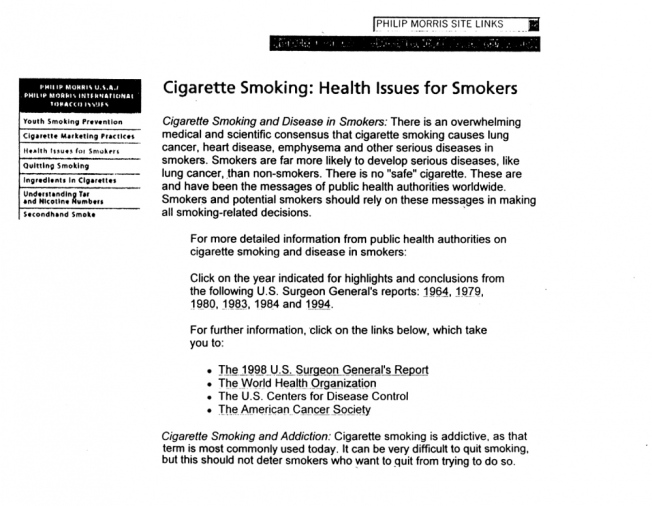 |
In 1999, only five years later Philip Morris admitted on its new web site that “Cigarette smoking is addictive, as that term is most commonly used today.” |

